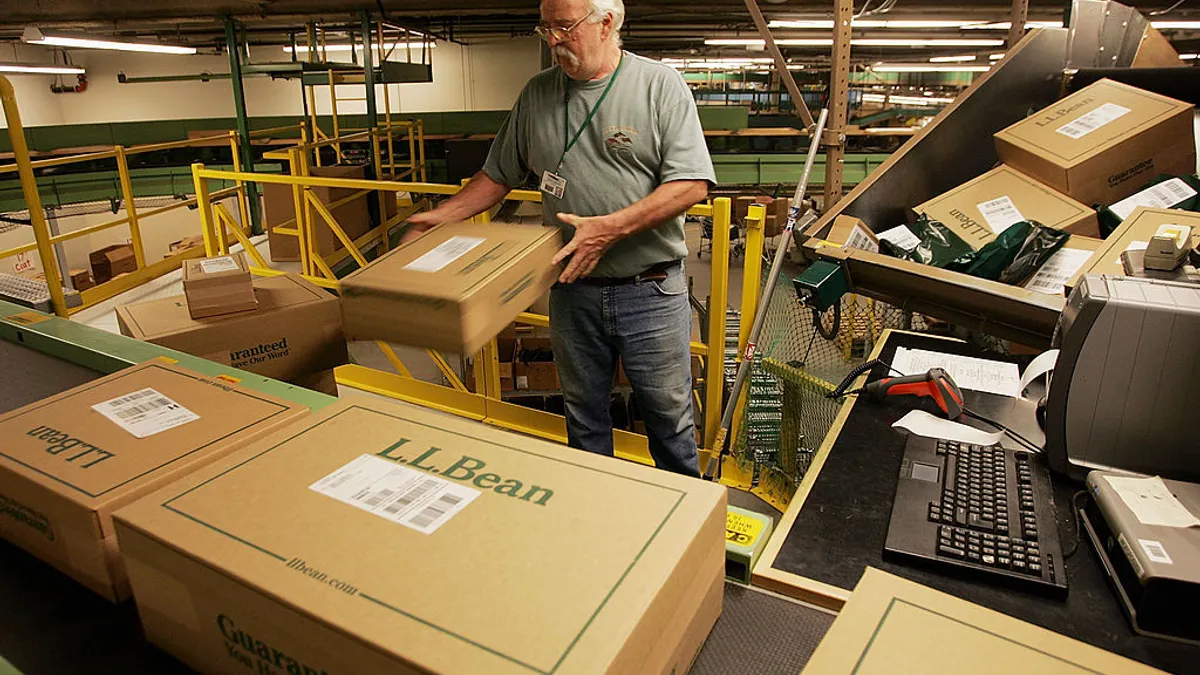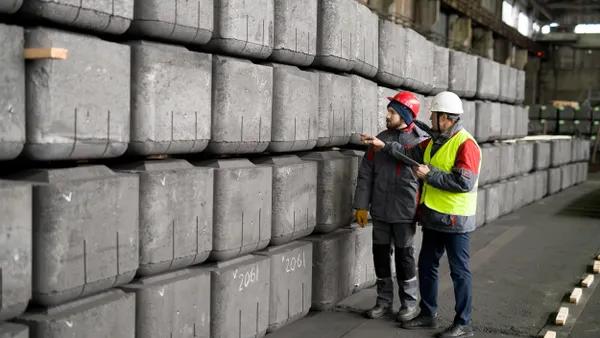The U.S. experienced record-breaking temperatures in June, with the average maximum daytime temperature reaching 84.6 degrees Fahrenheit, according to the National Centers for Environmental Information.
That’s 3.3 degrees above the 20th century average, the NCEI said. Amid these rising temperatures, on July 2, the Department of Labor’s Occupational Safety and Health Administration proposed a rule that would protect approximately 36 million employees from extreme heat exposure while working outdoors or indoors.
If finalized, manufacturers will be required to create and implement a work site heat injury and illness prevention plan specific to their facilities to evaluate and control heat hazards in their workplace.
The proposal includes developing a plan that identifies heat hazards and implements control measures, such as providing mandatory 15-minute breaks every two hours if the temperature reaches 80 degrees.
The rule also suggests employers provide training on exposure to heat hazards, policies and procedures, how to identify and treat in case of a heat injury or illness as well as record keeping.
While it will be months before the rule is finalized and the regulation may face some challenges in an election year, experts still say manufacturers must take preventative actions to protect their workforce.
OSHA's increasing oversight of heat risks
OSHA initially launched its heat illness prevention campaign in 2011, which included guidance for companies and workers, a smartphone app that provides location-specific information on heat conditions as well as prevention and first-aid, according to a June 20 Congressional Research Service report.
Still, the agency did not — and does not — have any specific heat exposure standards addressing indoor and outdoor heat exposure, the report said. However, OSHA submitted an advanced notice in October 2021 that it was working on a rule to standardize heat injury and illness prevention in indoor and outdoor settings to protect workers against related risks such as heat stroke, heat exhaustion and heat rashes.
“OSHA's heat regulation is actually a patchwork of lots of other regulations that are attempting to take these sort of half measures to prevent key illness, but they fail to directly address the problem,” said Ryan Stygar, a labor lawyer at Centurion Trial Attorneys. “Right now we have OSHA’s general duty standard, which basically says that employers have a general duty to prevent hazardous conditions in the workplace.”
Only five states – California, Colorado, Minnesota, Oregon and Washington – have developed and implemented their own standards for heat exposure approved by OSHA. The plans vary and cover several issues, including in some cases, indoor standards and standards specific to agriculture workers.
In fact, OSHA based its proposed rule on a regulation California passed in June to protect workers in extreme heat indoor settings.
California’s rule went into effect on July 23 and applies to most indoor workplaces, including warehouses and manufacturing facilities, according to the state’s Department of Industrial Relations. If a worksite reaches 82 degrees, companies must take steps to prevent heat illness like providing water and cool-down areas
Planning costs and scrutiny
OSHA estimated that the proposed standard would cost companies $7.8 billion across the country to comply with the rule, such as installing air conditioners, training and providing breaks.
These implementations mean manufacturers will have to plan and consider how additional employee breaks may impact productivity during the day, said Nicolas Castellanos, director of Rice University’s Gilbert & Ruth Whitaker Business Information Center.
“If that manufacturer cannot afford the time to lose power, then they have to increase staff, or maybe consider robotics to address some of the [short break periods],” Castellanos said.
Different states will also face various challenges due to their environments when it comes to compliance with OSHA's proposed rule, said Brittany Sakata, general counsel at the American Staffing Association.
“If that manufacturer cannot afford the time to lose power, then they have to increase staff, or maybe consider robotics to address some of the [short break periods]."

Nicolas Castellanos
Director of Rice University’s Gilbert & Ruth Whitaker Business Information Center
But Sakata cautioned that it's still unclear if the extreme heat rule can withstand judicial scrutiny.
“We're seeing it now with the overtime rule. We're seeing it with the Federal Trade Commission’s noncompete rule,” Sakata said. “These are getting attacked and so it's a strange time for employers, where I'm talking to them and they say, 'Should I go ahead and do this? Should I make these steps?'”
Sakata tells companies to assume the rules or laws are going to be implemented and will withstand judicial scrutiny.
“You can't wait and assume that some Texas court is going to strike this down. We need to be prepared now,” Sakata said.
Be proactive and preventative
While manufacturers wait for the rule to be finalized, they should look to OSHA’s proposal and see what may be asked of them, Stygar said.
Stygar added that every employer should engage in some form of first-aid and first-response training to recognize heat-related illness and should already have a heat safety standard in place.
“I would encourage every employer to become familiar with the warning signs of heat-related illness and heat-related exposure,” he said. "You're already bound by OSHA's general duty standard. So if you know it's crazy hot where you work and you're not doing anything about it, even without this rule, you could be at risk of an OSHA citation or worse.”





















